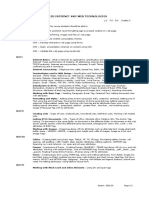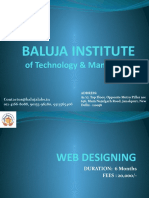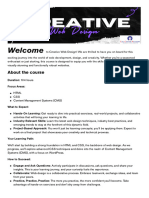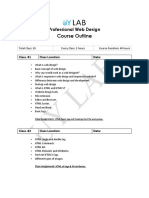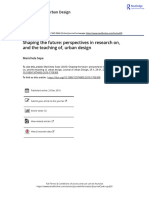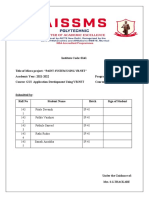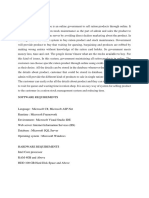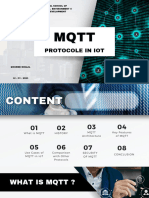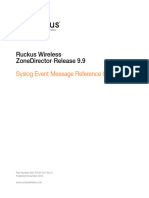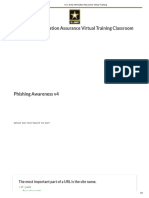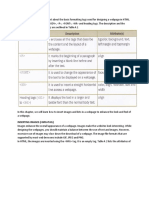0% found this document useful (0 votes)
150 views11 pagesWeb Development (Basic One)
Web development module
Uploaded by
Ogbuagu Beloved FrancisCopyright
© © All Rights Reserved
We take content rights seriously. If you suspect this is your content, claim it here.
Available Formats
Download as PDF, TXT or read online on Scribd
0% found this document useful (0 votes)
150 views11 pagesWeb Development (Basic One)
Web development module
Uploaded by
Ogbuagu Beloved FrancisCopyright
© © All Rights Reserved
We take content rights seriously. If you suspect this is your content, claim it here.
Available Formats
Download as PDF, TXT or read online on Scribd
/ 11



















